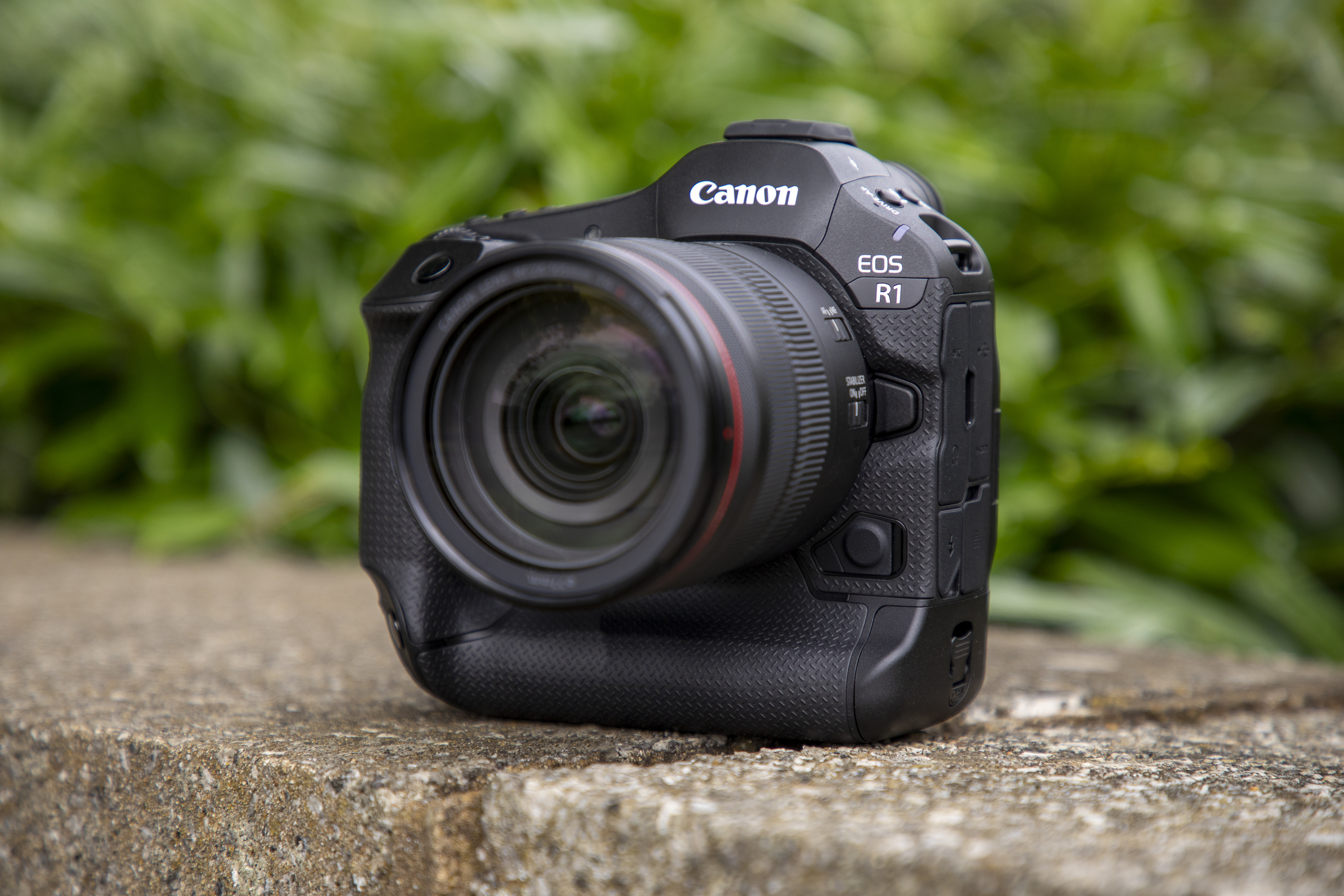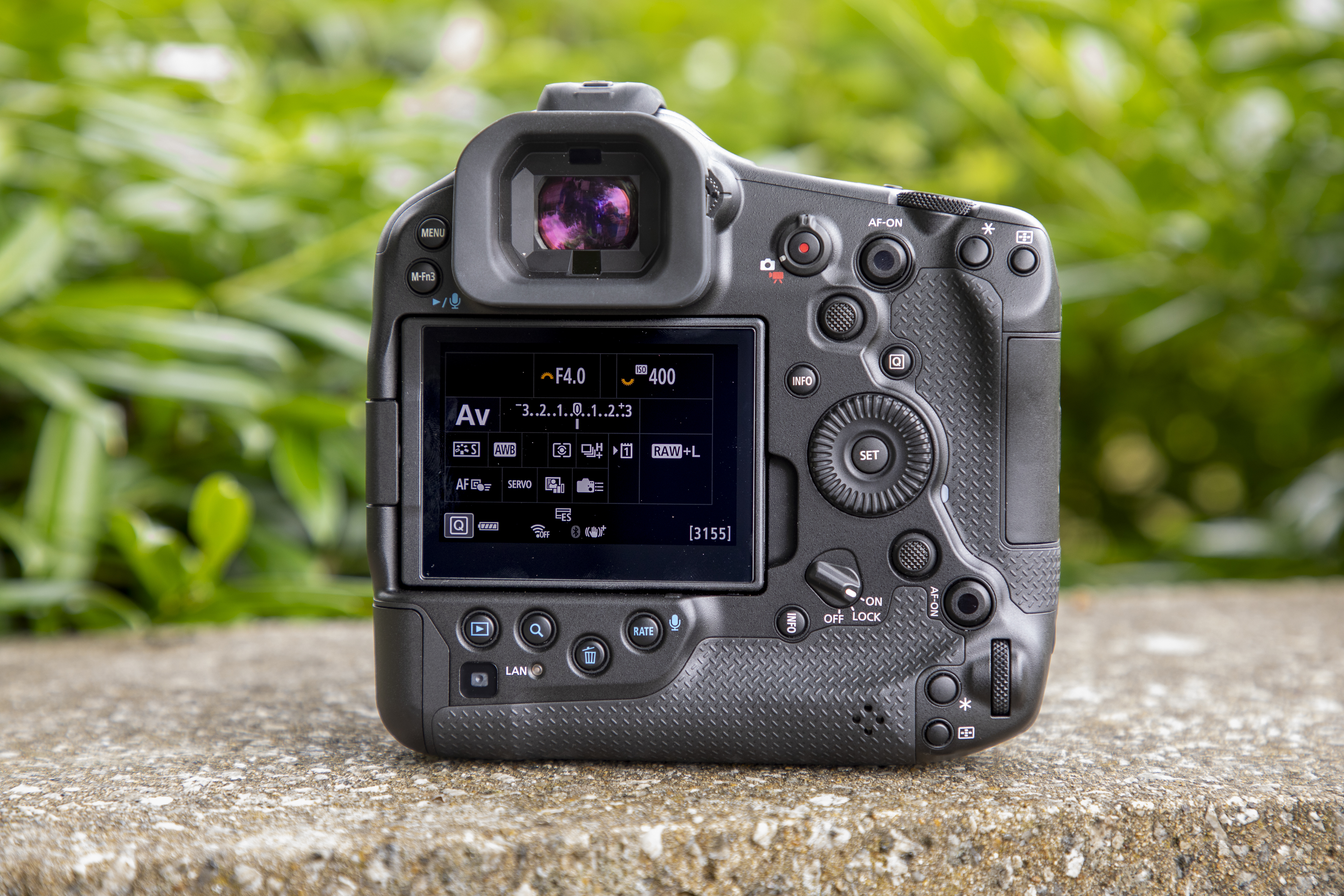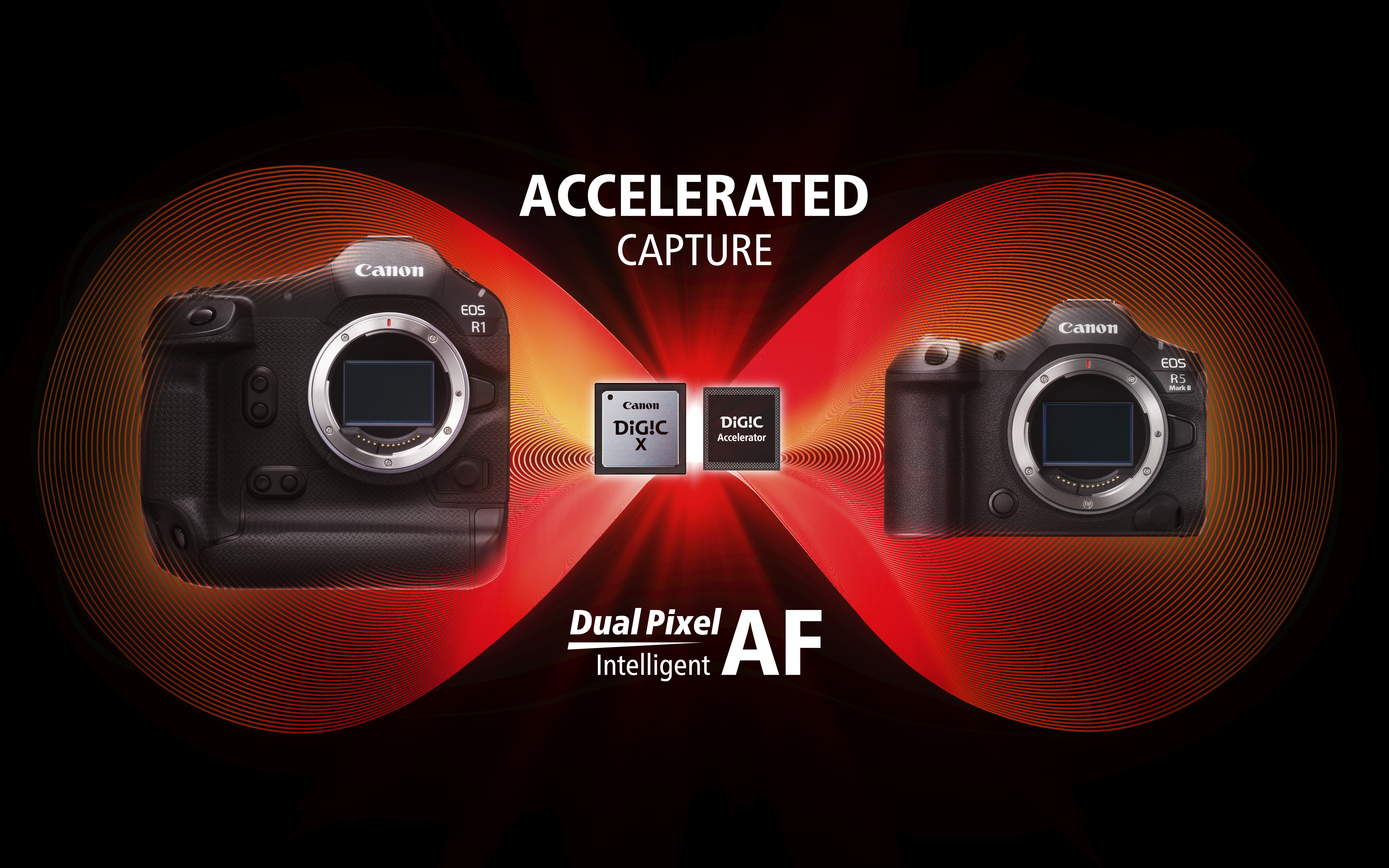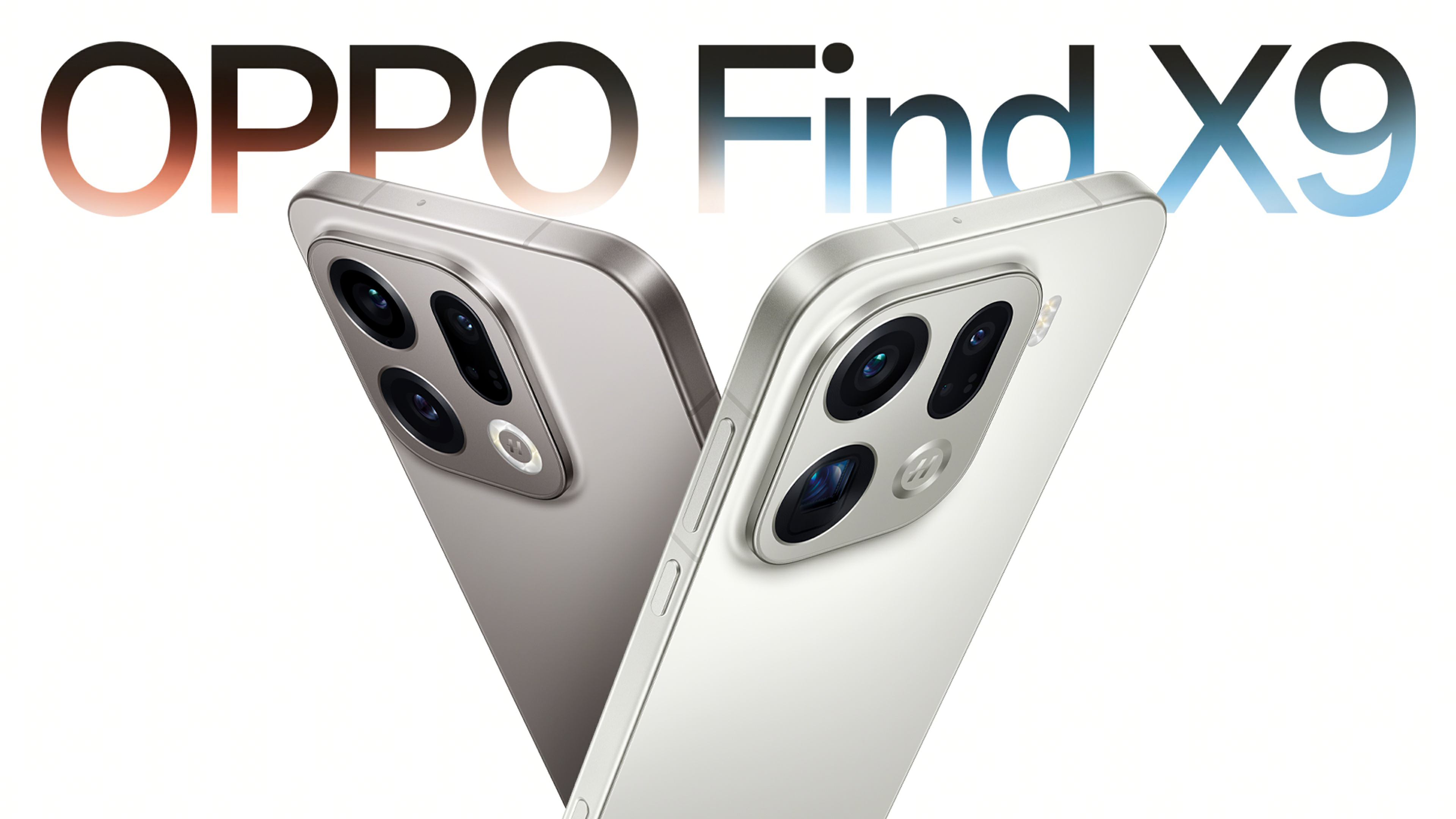The Canon R1 has one feature I don't agree with (but it's perfect for the R5 Mk II)
In-camera upscaling shouldn't be on the Canon EOS R1, but it makes total sense on the EOS R5 Mark II

For those who have been searching for the best Canon camera to add to their arsenal of cameras as "the perfect camera" many Canon users would think that the newly announced, and still on pre-order Canon R5 Mark II sounds like that camera to add to their kit.
The R5 Mark II has a 45MP stacked full-frame sensor, capable of 8K60p RAW video, even 4K120p for slow-motion. The new sports flagship Canon R1 is a 24MP with 6K60p RAW recording and offers 40fps continuous shooting – but both these cameras share one feature that leaves me scratching my head as an old pro sports photographer – In-Camera Upscaling.
For those who might not be aware the brand-new, highly awaited flagship sports camera, the Canon R1 – which I'm sure many pro sports photographers are putting through its paces at the Olympic Games before its official release – has a feature called 'In-Camera Upscaling'.
When its 24MP falls short, The Canon R1's Digic Accelerator processing introduces In-Camera Upscaling, leveraging deep learning to double the pixel count both horizontally and vertically, creating a massive 96MP image in roughly 10 seconds. This upscaling can be applied post-capture or during in-camera cropping, streamlining the process compared to generating a 96MP image and then cropping it later.
This same feature in the Canon R5 Mark II can resolve a whopping 179MP image after capture – that's very impressive! However, as an old pro sports photographer myself, I really can't see anyone using this feature on the new Canon R1.
Now, I am sure there are many reasons why Canon thought the company should have In-Camera Upscaling in both the R1 and the R5 Mark II, but I believe that the R1 should not have this feature. Sports cameras are designed to be fast, it's what they are built for, to capture every single moment in record time, not to take a picture and have the camera take 10 seconds to resolve a 96MP picture - I mean ten seconds is a LONG time to wait, however, on a camera more designed to capture the finest detail it makes more sense.
For instance, the specs of the Canon R5 Mark II make it the perfect camera for wildlife, 45MP sensor, 8K video recording, along with AF eye-tracking within the EVF, and I can certainly see top landscape and portrait photographers using a 45MP camera over a 24MP one to capture finer details, so waiting that extra 10 seconds or more to produce a 179MP image isn't an issue and makes more sense to use this feature in their daily workflow.
The best camera deals, reviews, product advice, and unmissable photography news, direct to your inbox!
But I just can't shake off the feeling that this feature inside the new Canon flagship is just that, a feature that had to be in there as it is the company's new flagship. Now don't get me wrong I can see why a photographer might want to 'upscale' their images for historic value etc, it's a bit much, and if you want to 'up-res' an image you can also just quickly do that procedure in Adobe Photoshop.
But one this is on my mind, in the time when AI is producing images that are winning real photographic competitions, and social media is tagging little Photoshop and Lightroom tweaks as 'Made with AI' - won't allowing AI to perform 'In-Camera upscaling' be classed as 'made with AI' or 'not a real photo', would Content Credentials flag these images as 'digitally adjusted' before they hit the picture editors desks - its murky waters!

For nearly two decades Sebastian's work has been published internationally. Originally specializing in Equestrianism, his visuals have been used by the leading names in the equestrian industry such as The Fédération Equestre Internationale (FEI), The Jockey Club, Horse & Hound, and many more for various advertising campaigns, books, and pre/post-event highlights.
He is a Fellow of the Royal Society of Arts, holds a Foundation Degree in Equitation Science, and holds a Master of Arts in Publishing. He is a member of Nikon NPS and has been a Nikon user since his film days using a Nikon F5. He saw the digital transition with Nikon's D series cameras and is still, to this day, the youngest member to be elected into BEWA, the British Equestrian Writers' Association.
He is familiar with and shows great interest in 35mm, medium, and large-format photography, using products by Leica, Phase One, Hasselblad, Alpa, and Sinar. Sebastian has also used many cinema cameras from Sony, RED, ARRI, and everything in between. He now spends his spare time using his trusted Leica M-E or Leica M2, shooting Street/Documentary photography as he sees it, usually in Black and White.


